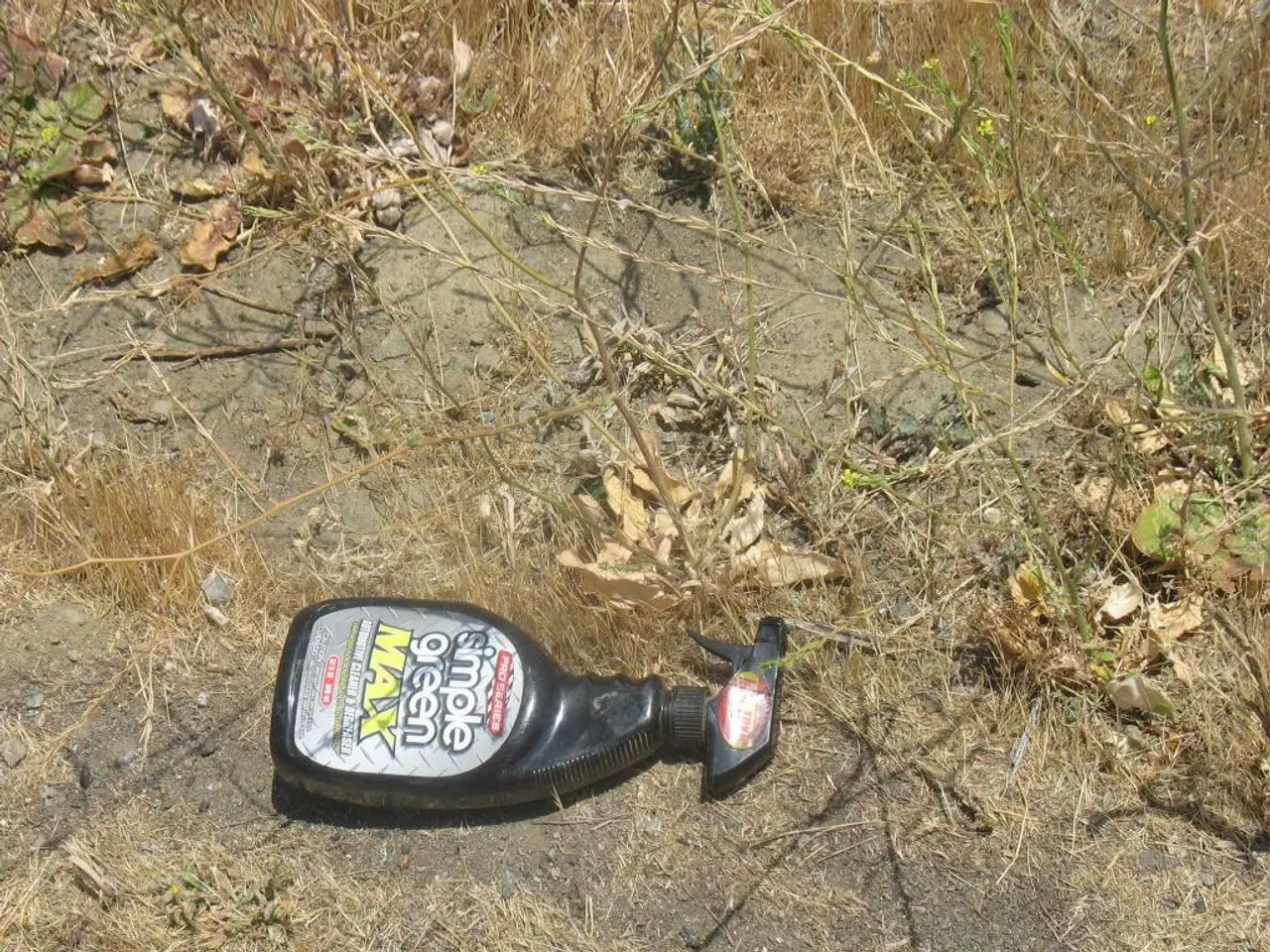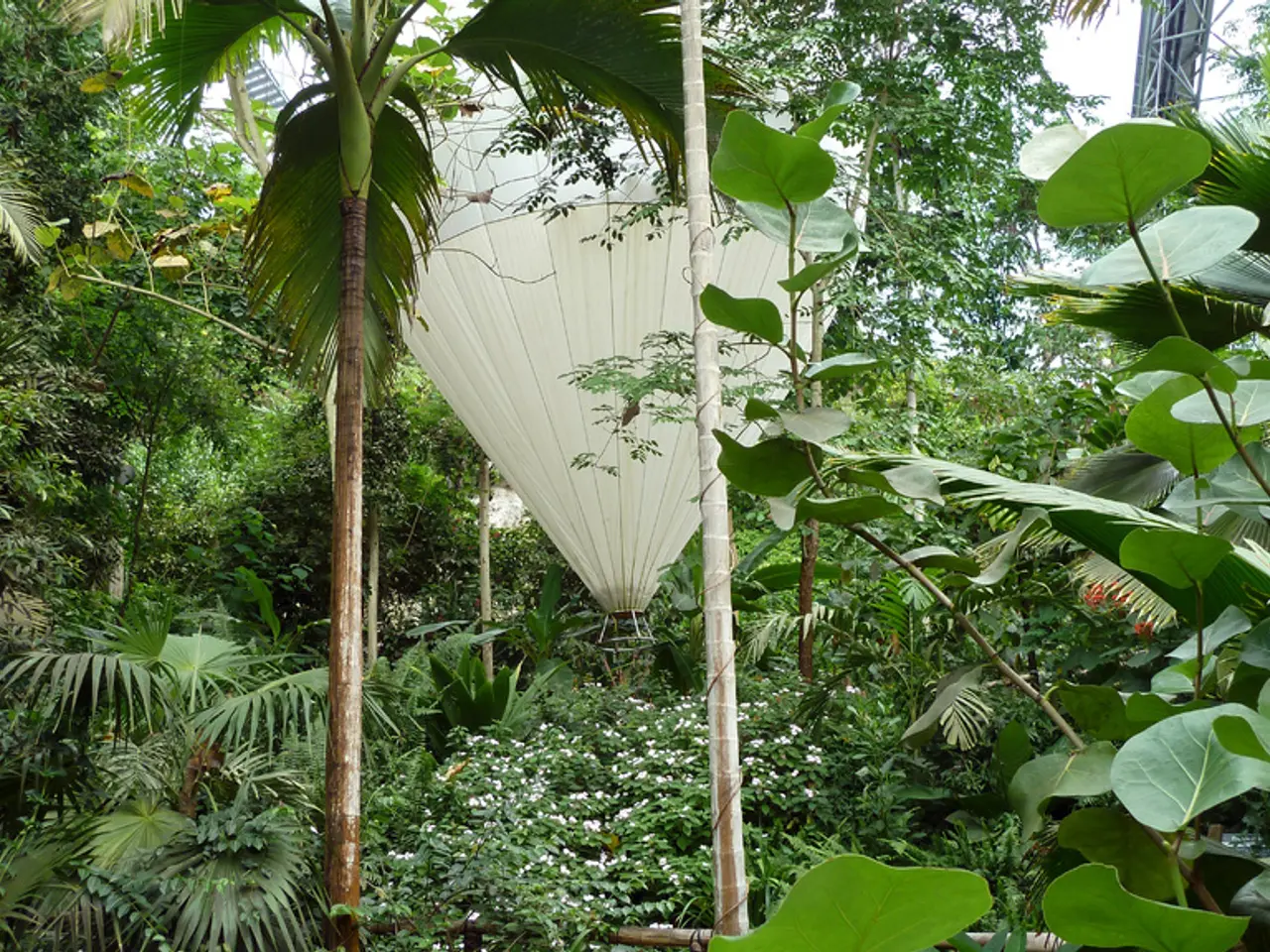Suitable Soil for Money Plants: Needs Fertile, Well-Drained, and Nutrient-Rich Soil
Money plants, native to swamps and wetlands in Central and South America, thrive in a well-balanced environment that provides good drainage, moisture retention, nutrient availability, and an appropriate pH level. Here's a step-by-step guide on how to create the ideal soil mix for these vibrant and easy-to-care-for houseplants.
Drainage is crucial for money plants to prevent root rot. Incorporating components like perlite or coco coir improves aeration and drainage, preventing soggy conditions while allowing the roots to breathe. A well-draining potting mix can be created by combining potting soil, sand, and a small amount of peat moss in a 2:1:1 ratio.
The soil should retain moisture evenly without becoming waterlogged. Peat moss-based mixes are favored because they hold moisture well while maintaining good drainage. Organic matter such as pine bark, coco coir, peat moss, vermiculite can help retain moisture and provide nutrients.
A nutrient-rich potting mix is ideal for money plants. Adding organic matter such as compost or worm castings ensures the plant receives essential nutrients for healthy growth. Pre-made potting mixes specifically designed for tropical plants or succulents can be used for money plants.
Money plants prefer a slightly acidic to neutral soil pH, typically between 6.0 and 7.0. Soil pH testing is important, as money plants prefer a pH level between 6.0 and 7.5, slightly acidic to neutral. If the soil is too acidic, lime can be added to balance it out, while if it's too alkaline, sulfur can be added to bring the pH down.
Creating a DIY soil mix is also an option. A well-aerated soil mix is essential, allowing the roots to breathe and preventing waterlogging. A peat-based or sandy medium that drains quickly and doesn't become soggy is a good choice.
It is important to maintain a balanced approach to fertilization to avoid harming the money plant. Regular soil maintenance is essential for optimal flowering and plant health, including aeration and moisture monitoring.
In summary, the ideal soil for money plants is a well-draining, peat-moss-based potting mix amended with perlite or coco coir to enhance aeration and drainage, enriched with organic nutrients, and maintained within a slightly acidic to neutral pH range (6.0–7.0). This mix supports consistent moisture without waterlogging, sufficient nutrients, and root health for vigorous growth indoors or outdoors.
**Summary Table:**
| Soil Aspect | Ideal Characteristics | |------------------|---------------------------------------------------| | Drainage | Well-draining; contains perlite or coco coir | | Moisture Retention| Retains moisture without being soggy; peat moss | | Nutrients | Nutrient-rich; compost or organic amendments | | pH Level | Slightly acidic to neutral, about 6.0 to 7.0 |
By following this guide, you'll be well on your way to creating the perfect soil mix for your money plants, ensuring they thrive and brighten up your home or garden.
Adding components like perlite or coco coir to your home-and-garden during gardening can improve the drainage of money plant soil, preventing root rot and allowing the roots to breathe. Gardening with a well-draining potting mix enriched with organic matter such as peat moss, sand, and compost can create an ideal lifestyle for these vibrant houseplants.







